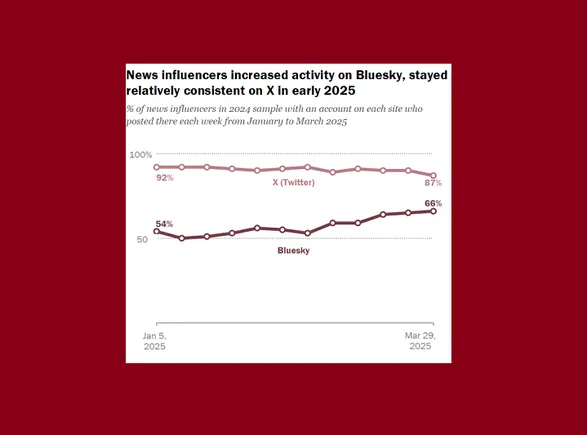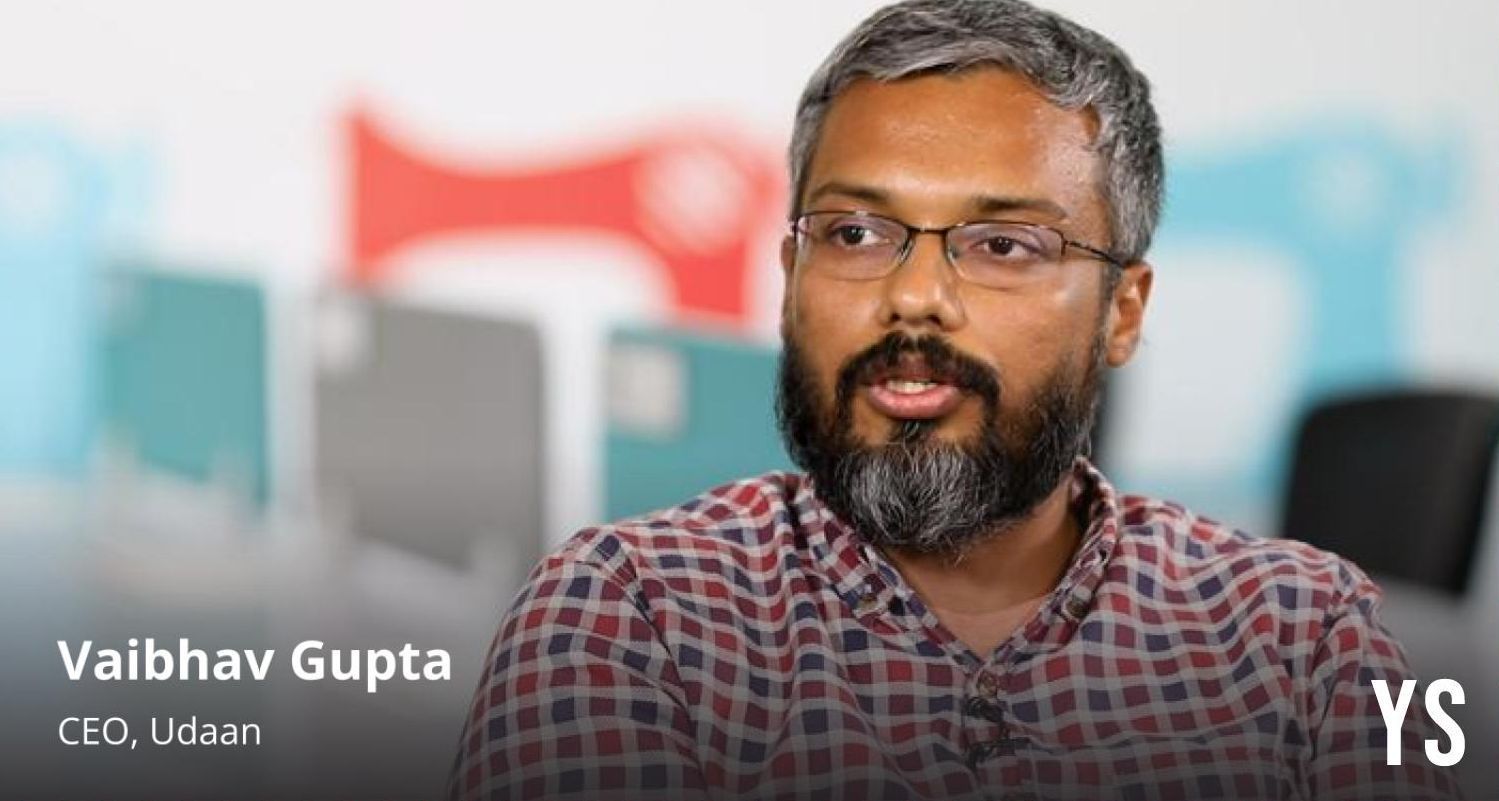How to be Rich with Salaried Jobs?
Think you can’t build wealth on a fixed salary? Think again. Discover how salaried professionals are retiring early, buying homes, and hitting crorepati status — with strategy, not struggle.


The idea that salaried employees can’t get rich is one of the biggest myths of the modern job market. With flashy headlines about startup unicorns, overnight crypto millionaires, and influencer lifestyles, it’s easy to feel like the 9-to-5 grind doesn’t pay off.
But in reality, wealth isn’t always loud. It’s structured, disciplined, and often built in silence.
In India, the average salaried employee earns between ₹6–12 lakh annually. That may not sound like a fortune, but with the right financial habits, that paycheck can turn into a retirement corpus of ₹6–7 crore. Enough to retire by 40 or 45, live comfortably, and pursue what truly matters.
This isn’t about fantasy. It’s about planning.
Step 1: Define Your “Rich”
Before the numbers come, the mindset. What does “rich” actually mean for you?
For many, it’s not about owning a fleet of luxury cars or buying designer watches. It’s about freedom — to stop working out of compulsion and start working on passion.
A retirement corpus of ₹6–₹7 crore can easily support a post-retirement lifestyle of ₹1 lakh/month, adjusted for inflation, for over 40 years. If you’re in your 20s or early 30s, that target is achievable with a strategic plan and consistent investments.
Step 2: Track Your Expenses (Spoiler: You’re Overspending)
In a popular finance video that sparked this discussion, a 29-year-old earning ₹67,000/month was spending ₹65,000, leaving just ₹2,000 in monthly savings. That's a savings rate of less than 3%.
To retire early, financial planners recommend saving at least 30–50% of your income in your 20s. This may sound extreme, but early financial freedom demands short-term sacrifices.
The 50-30-20 Rule is a solid place to start:
- 50% for essentials (rent, groceries, bills)
- 30% for investments
- 20% for discretionary spends (parties, gadgets, travel)
Overspending today means overworking tomorrow. It’s as simple as that.
Step 3: Be Conservative with Returns — Avoid Recency Bias
You may have seen your mutual fund portfolio deliver 15–20% returns over the past couple of years. But don’t count on that trend to last forever.
According to data from 2000 to 2024, the average Nifty return is around 11.7%. Financial planners typically advise assuming a 10% CAGR (compounded annual growth rate) to ensure safety in long-term projections.
Assume the worst, plan for the worst, and anything better is a bonus.
Step 4: Master the SIP + SWP Combo
Most people know about SIPs — Systematic Investment Plans that help you invest a fixed amount every month into mutual funds.
But fewer people talk about SWP — Systematic Withdrawal Plans. This is the tool that funds your life after retirement.
With an SWP, you withdraw a fixed monthly amount while your invested corpus continues to grow. Think of it as a controlled, steady stream of income, without having to liquidate your entire investment.
This combo — SIPs for growth and SWPs for freedom — is your blueprint to getting rich on a salary.
Step 5: Get Consistent, Not Flashy
The Instagram finance world loves to glorify big wins — 10x stocks, real estate flips, or startup exits. But the truth is: boring, consistent investing wins in the long run.
Wealthy salaried individuals follow these habits:
- Avoid lifestyle inflation (don’t upgrade every time your salary increases)
- Switch jobs or upskill every few years to accelerate salary growth
- Automate monthly investments
- Use bonuses and hikes to increase SIPs, not EMIs
Even a ₹10,000 SIP at 12% CAGR can grow to ₹1 crore in 20 years. Double it, and you’re a crorepati by 40.
Step 6: Redefine Rich — It’s About Choice
Being “rich” isn’t just about having money. It’s about having choices.
Imagine waking up at 42 with no pressure to report to an office. You take on freelance projects you enjoy. You take a sabbatical. You pursue a side hustle. That’s not early retirement — that’s financial freedom.
And you don’t need to sacrifice your life today to get there. It just means buying the iPhone next year instead of this month, or choosing a domestic holiday over an international one while your investments grow in the background.
Can salaried people get rich?
Yes. But it’s not about earning crores. It’s about saving consistently, spending intentionally, and investing wisely.
Here’s the playbook:
- Save 30–50% of your income
- Start SIPs early and increase them annually
- Don’t assume high returns — plan with 10%
- Use SWPs to draw money post-retirement
- Spend with purpose, not impulse
- Remember: Freedom, not Ferraris
In the end, your salary isn’t your ceiling — it’s your starting point.
Edited by Rahul Bansal






























































































































































































